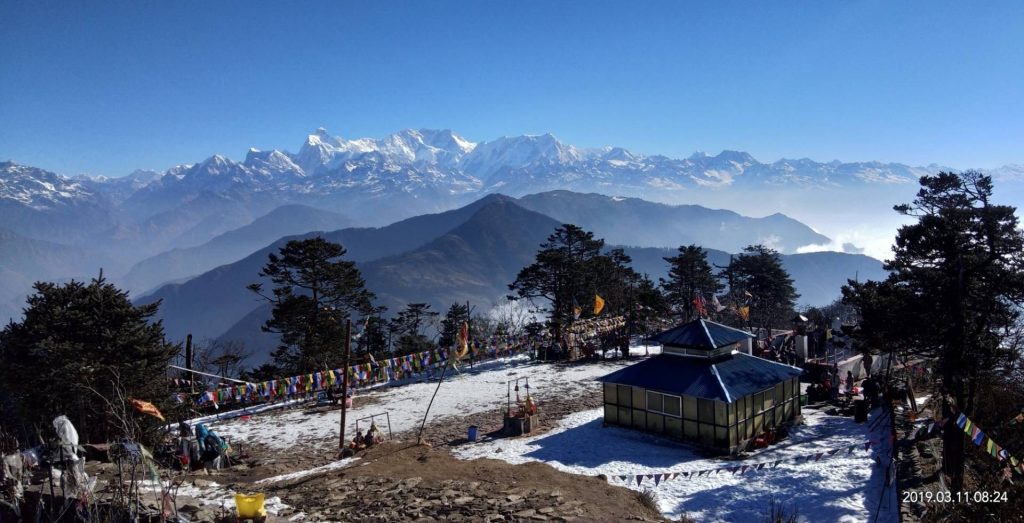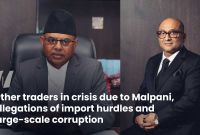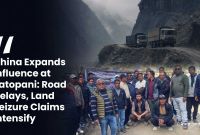Protests Highlight Strategic Concerns Over Taplejung Cable Car Project

The disruption of the Taplejung cable car project on November 8, 2024, has evolved into a significant political and strategic debate. Local protestors supported by NCP(Maoist Centre) stalled the foundation ceremony of the cable car construction, citing concerns over the involvement of Chandra Prasad Dhakal, a prominent businessman and President of the Federation of Nepalese Chambers of Commerce and Industry (FNCCI). This project, undertaken by Dhakal’s Himalayan Construction Company, aims to connect Fungling Municipality to the revered Pathibhara Temple in the Nepal-China border region.
Dhakal’s business ventures have consistently aligned with Nepal's growing economic ties to China. As a close ally of former Prime Minister K.P. Sharma Oli, Dhakal has actively supported Chinese-funded initiatives and encouraged bilateral trade. His leadership within Nepal’s economic forums has positioned him as a key figure advocating for Chinese investments, particularly in infrastructure. Critics, however, argue that these projects, while economically beneficial, risk embedding Chinese influence into Nepal’s strategic sectors, especially in border areas.
The cable car’s proximity to the Nepal-China border amplifies its geopolitical significance. Skeptics suggest that the project could pave the way for deeper Chinese influence in the region, considering the economic dependencies it might foster. This is part of a broader debate in Nepal over balancing infrastructure development with national sovereignty.
The protests also highlight Nepal’s political fragmentation. Maoist dissent reflects growing dissatisfaction with large-scale projects perceived as benefitting a select elite connected to the CPN (UML). While proponents argue that the project will boost religious tourism and local employment, detractors view it as a symbol of the increasing privatization of public resources, often linked to external influences.
This incident isn’t isolated. It mirrors a larger trend of contention over Chinese-backed or China-linked projects in Nepal. From hydropower initiatives to the controversial Belt and Road Initiative (BRI) agreements, debates continue over how to strike a balance between attracting foreign investment and maintaining Nepal’s strategic autonomy.
As of November 27, the Taplejung project remains stalled, reflecting unresolved tensions between development ambitions, local governance, and Nepal’s geopolitical positioning. The broader implications for Nepal-China relations and domestic political alignments remain to be seen.




![From Kathmandu to the World: How Excel Students Are Winning Big [Admission Open]](https://nepalaaja.com/img/70194/medium/excel-college-info-eng-nep-2342.jpg)
